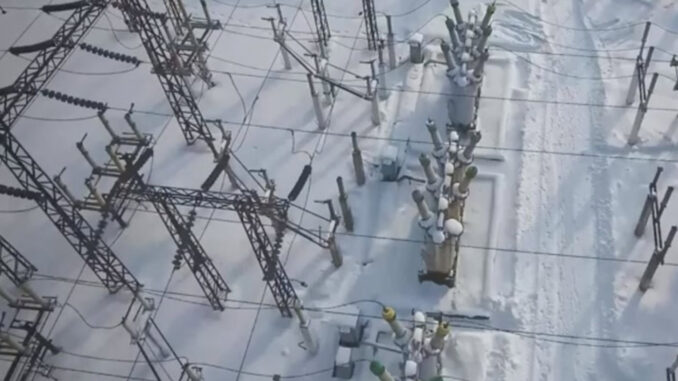
Energy News Beat Publishers Note: Being isolated from the US Energy policies may be a good thing. Even this was a major disaster, it showed the weakness in design, management, and capabilities. Setting your own path as a state is what the original constitution was designed. Texas will fix the issues -They always do.
A brutal winter storm that has left millions without power along the U.S. Gulf Coast and caused power prices to surge has highlighted the differences between Texas’s independent power grid and the rest of the United States.
HOW DOES TEXAS PROVIDE ELECTRICITY?
Texas produces and consumes more electricity than any other state, but it is the only state in the continental United States that runs a stand-alone electricity grid, which was designed to keep the state’s energy system independent and isolated from other markets.
The problem? It means during critical weather events like the storm, most of Texas cannot connect to other grids, which are connected and draw from each other when needed. Overall, around 4.4 million customers were without power.
The grid, operated by the Electric Reliability Council of Texas (ERCOT), is not subject to federal oversight and is largely dependent on its own resources, according to the U.S. Energy Information Administration.
“They don’t have the infrastructure connected outside of Texas that might allow them to bring in imports of energy,” said another source familiar with ERCOT and electric markets.
HOW HAS THE RECENT WINTER STORM AFFECTED THE STATE?
About half of Texas’s electricity is supplied via natural gas generation, followed by coal, renewables and nuclear power. The cold has forced many kinds of generation offline, freezing wind turbines and shutting natural gas power generation operations as well.
The weather has forced about 34,000 megawatts of generation off the system, ERCOT said on Monday, or 40% of roughly 82,000 mw of expected capacity, as ERCOT instituted rolling blackouts.
Next-day power for Tuesday at the ERCOT North hub EL-PK-ERTN-SNL jumped to a record of $1,489.75 per megawatt hour (MWh), while some 5-minute power prices approached $11,000 per MWh over the past couple of days, ERCOT said. That annual average at the ERCOT North hub was $26 in 2020.
Unlike other U.S. electric grid operators, ERCOT does not have a capacity market – payments made to operators to ensure power needs in coming years – to handle events like the freeze. Instead, regulators use scarcity pricing to ensure reliability, but that can cause real-time prices to soar due to shortages, economists said.
Capacity market auctions determine, three years in advance, what price generators will receive to make their output available to grid operators. Generators get paid whether they produce power or not.
ERCOT’s market and system operations have been successful over the last several years even as demand has continued to rise in Texas, according to a long-term reliability study by North American Electric Reliability Corporation (NERC) in December.
Since 2010, ERCOT’s reserve margin – the buffer between what it can produce vs. forecasted demand – has dropped to about 10% from about 20%. This has put pressure on generators during electricity demand spikes, making the grid less flexible, NERC said. NERC last year said ERCOT did not expect reliability issues for the coming winter. WHAT HAPPENS NOW?
Texas state officials on Tuesday called for hearings on the blackouts. “The statewide blackouts raise questions about the reliability of our electric grid and its ability to withstand extreme weather events in the future,” said House State Affairs Committee Chairman Chris Paddie.
Cold weather can cause ice to build up on wind turbine blades, limiting their ability to produce electricity. Turbines installed in colder climates are routinely equipped with warming systems that stop ice build-up.
The Federal Energy Regulatory Commission and NERC announced a joint inquiry on Tuesday into the operations of the bulk-power system after the power outages. (Reporting by Stephanie Kelly, Swati Verma, Tim McLaughlin and Nichola Groom; Editing by David Gregorio)
Reuters



